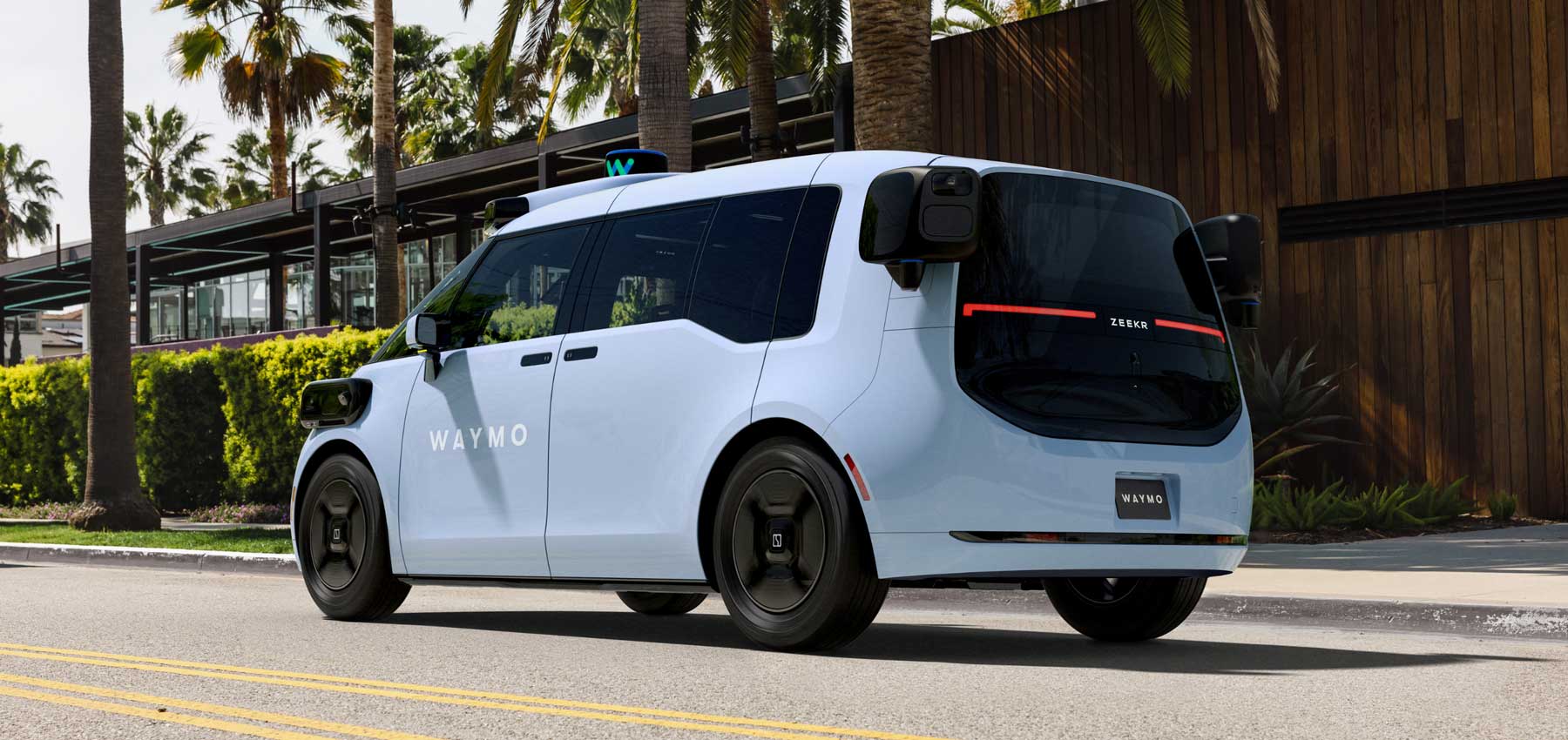The future is weird.
Last summer, while I was in San Francisco, a friend asked how I was getting back to my hotel.
“An Uber, I guess,” I shrugged.
His eyes lit up. “Have you tried the self-driving cars yet?” A couple taps on his phone and a few minutes later, an algorithm was piloting us across the city.
As I understand it, my first experience in a self-driving car was typical:
- Minute 1: “How safe is this? Will it notice that cyclist? What about those construction cones?”
- Minute 10: “This is wild. It’s driving so calmly and safely. I love it.”
- Minute 20: (Bored, checking my email in the back seat.)
It was like a firmware update to my brain.
I’d known that self-driving technology existed and was expanding, but in most of the world, autonomous cars had become a punchline. “Tesla has been claiming ‘self-driving is coming’ for years, what a scam!” “Look how they get confused if you put a cone on their hood!”
Yet in the space of 20 minutes, they became real. Then, boring. Or at least… normal. The future is here!
Or at least, the future is in San Francisco. (Both utopian and dystopian aspects, notably.1)
Projecting a path
Potentially-disruptive tech debuts all the time. Part of our jobs, as technologists, is to assess which new developments will transform our work – and which hype cycles will die unceremoniously in the Trough of Disillusionment.
This React thing seems pretty janky – is it really going to take off?
Web 2.0 was incredible – can I really safely ignore “Web3”?
Vite seems promising – but are we going to just end up resenting it like our previous web build tool?
We know the future is here. And we know that it’s not evenly distributed yet. But just because a new thing has appeared, doesn’t mean it’s the future. Sometimes it’s just… Quibi.
What a delight it is, though, when you’re fortunate enough to see something early, to feel that it’s obviously the future, while 95%+ of the world is still skeptical.
I was back last week, bouncing around the SF Bay Area, often in Waymos.
I still find things to nerd out about them: the technology, the product decisions (it plays chill beats by default, but you can change it to whatever you like), and the mysterious economics of driving people around in supercomputer-filled Jaguars for $14/ride2. But in most ways, it now feels very normal.
But Waymo hasn’t gotten approval to drop off at SFO yet, and I had a flight to catch, so I booked an Uber, old-school style. I climbed in, and felt… a little uncomfortable. The ride was a bit erratic. Who was this human driver, exactly? Will he notice that cyclist? And why can’t I control the music?
I’d glimpsed the future, and quickly become an on-demand transport snob.
Of course, just because you feel like you’ve seen the future, it doesn’t necessarily mean that a) you’re right, b) people will believe you, or that c) you can capitalize on it.
But, given that we can each see different futures, we can ask ourselves, “Given what I know, and what I’m good at, which future deserves my focus?”
Then, we can help build it.
-
I only saw a stranger brandish a knife twice this trip. YVR is only 2h 20m away from SFO, making it a convenient base for periodically visiting, sampling the future, talking to smart people, then returning to sanity. ↩
-
Interestingly, Andrej Karpathy is still confident Tesla will surpass them before Waymo’s approach becomes economical. ↩
